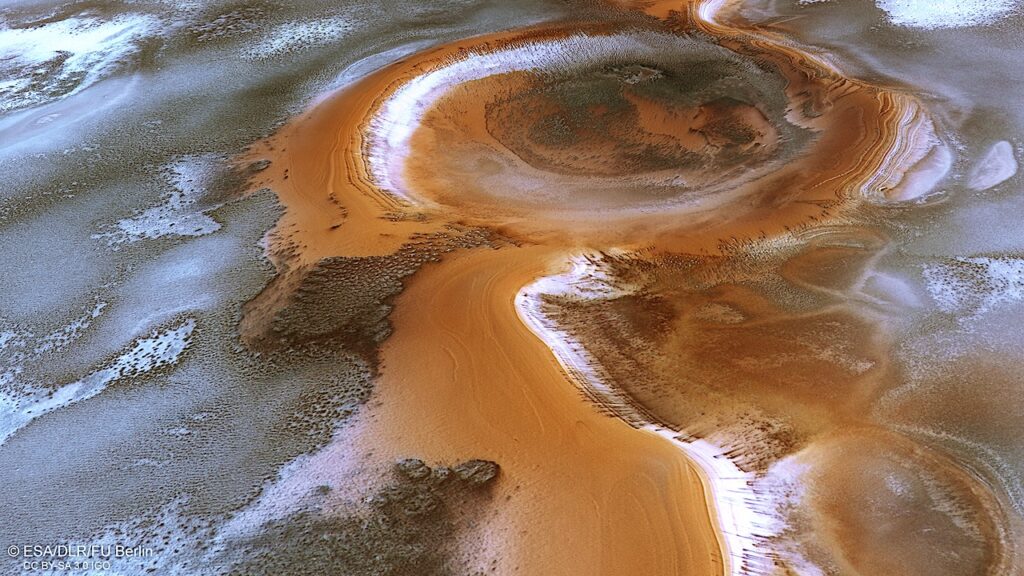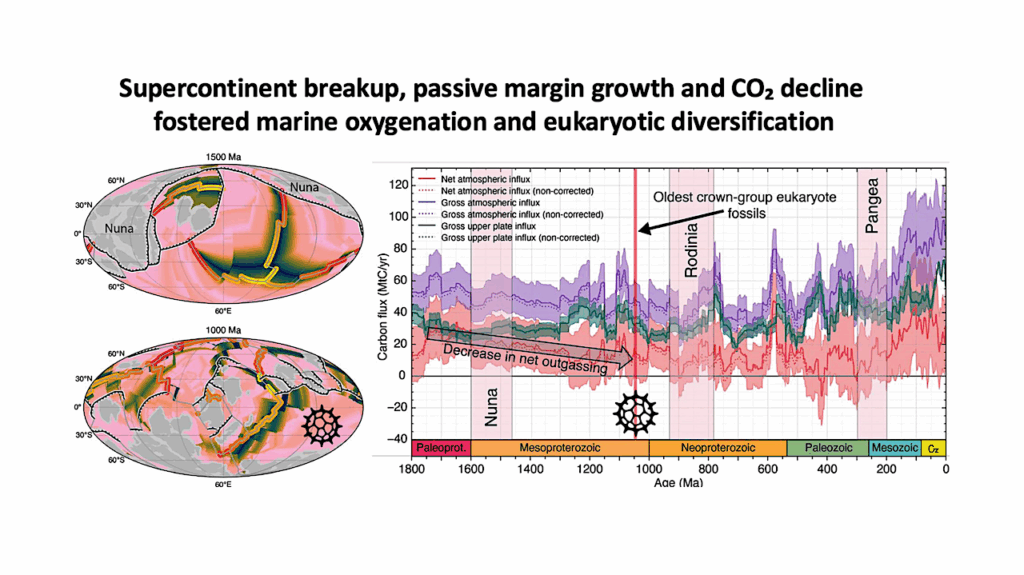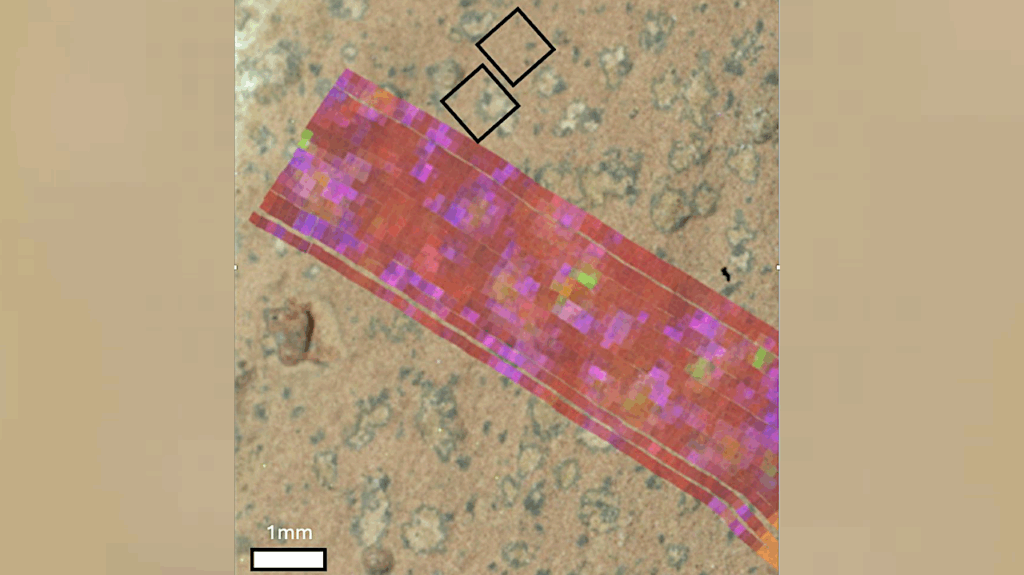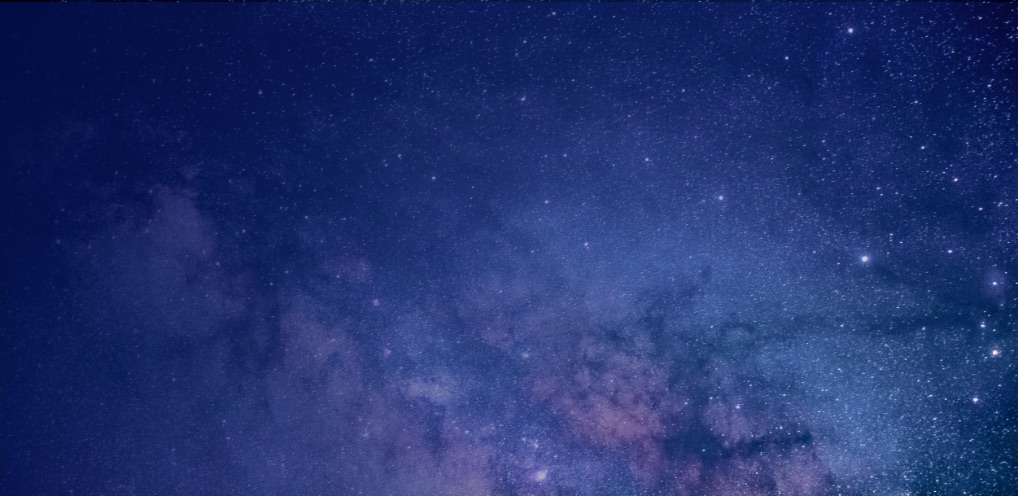Earths Are Not Super-Earths, Saturns Are Not Jupiters: Imprints Of Pressure-bump Planet Formation On Planetary Architectures
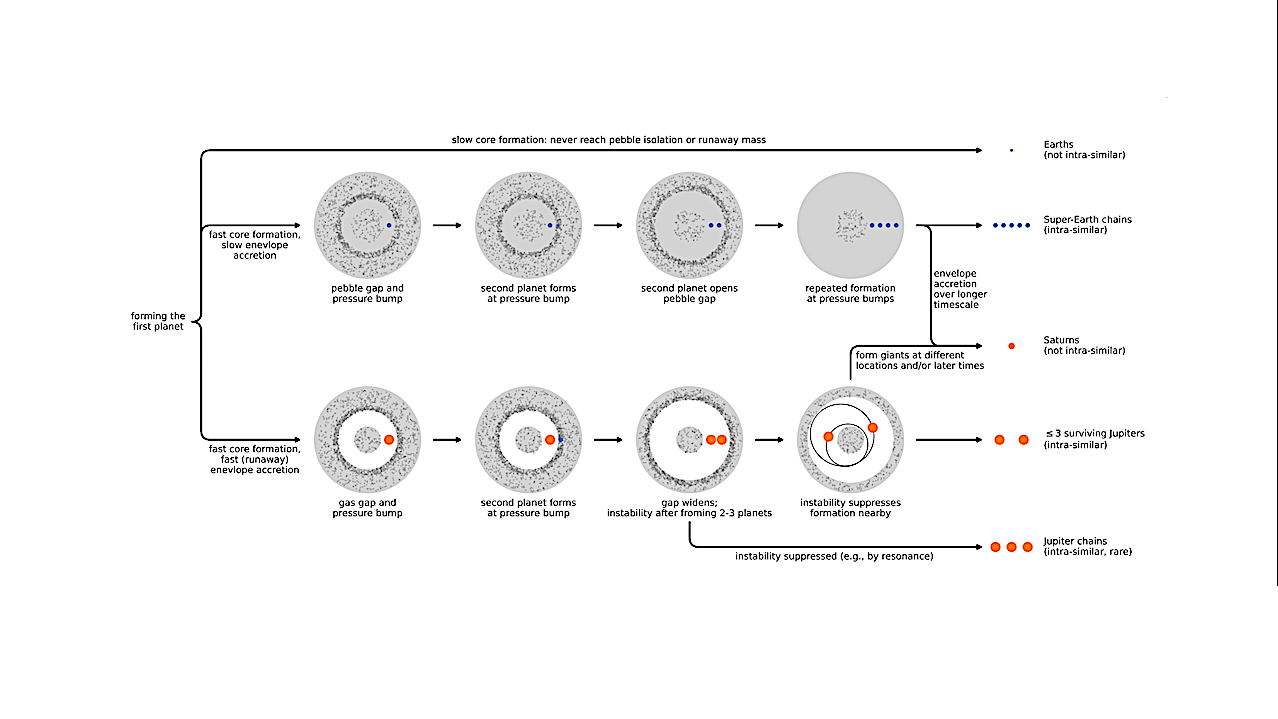
In protoplanetary disks, sufficiently massive planets excite pressure bumps, which can then be preferred locations for forming new planet cores. We discuss how this loop may affect the architecture of multi-planet systems, and compare our predictions with observation.
Our main prediction is that low-mass planets and giant planets can each be divided into two subpopulations with different levels of mass uniformity. Low-mass planets that can and cannot reach the pebble isolation mass (the minimum mass required to produce a pressure bump) develop into intra-similar “Super-Earths” and more diverse “Earths”, respectively.
Gas giants that do and do not accrete envelope quickly develop into intra-similar “Jupiters” and more diverse “Saturns”, respectively. Super-Earths prefer to form long chains via repeated pressure-bump planet formation, while Jupiter formation is usually terminated at pairs or triplets due to dynamical instability.
These predictions are broadly consistent with observations. In particular, we discover a previously overlooked mass uniformity dichotomy among the observed populations of both low-mass planets (Earths vs. Super-Earths) and gas giants (Saturns vs. Jupiters).
For low-mass planets, planets well below the pebble isolation mass (≲3M⊕ or ≲1.5R⊕ for sun-like stars) show significantly higher intra-system pairwise mass difference than planets around the pebble isolation mass. For gas giants, the period ratios of intra-system pairs show a bimodal distribution, which can be interpreted as two subpopulations with different levels of mass uniformity. These findings suggest that pressure-bump planet formation could be an important ingredient in shaping planetary architectures.
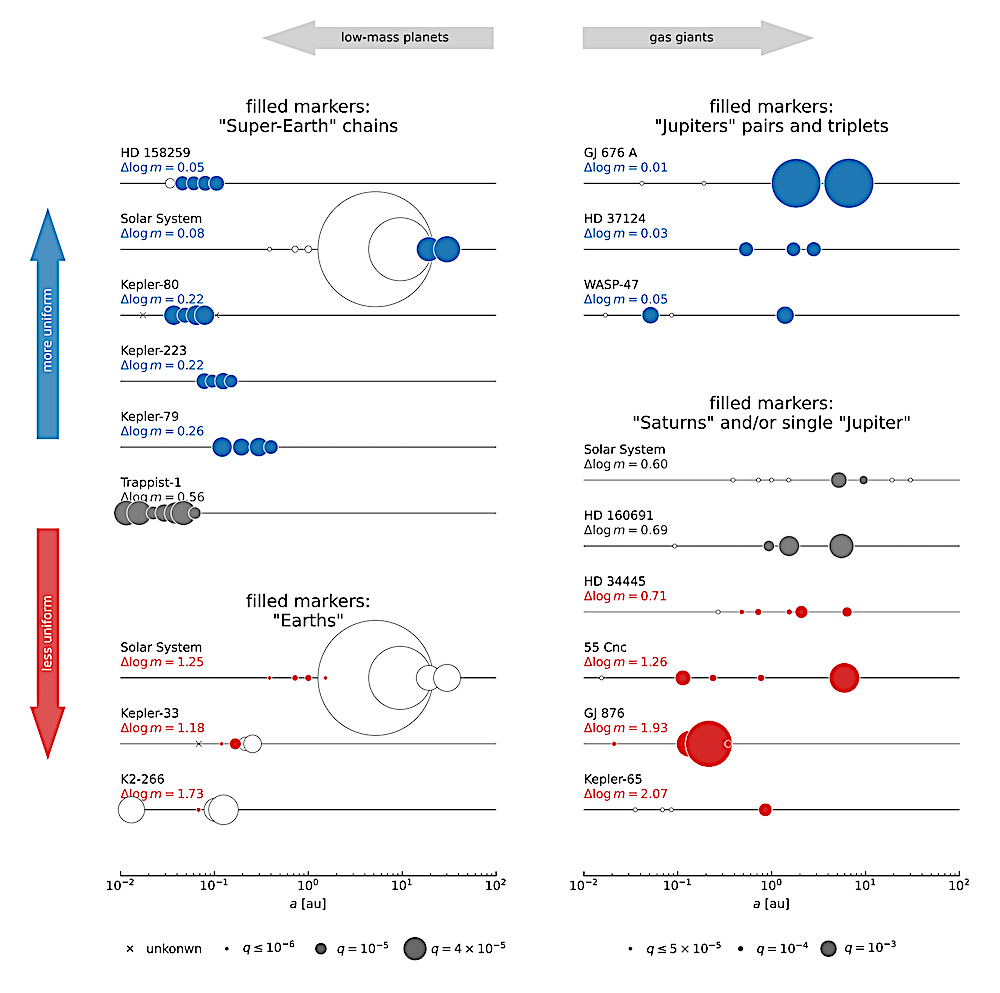
Examples of different classes of planets our theory predicts. This diagram is for illustration only, and the samples shown here may not be statistically representative of the whole planet population. All systems are chosen from a catalog of known systems with ≥ 4 planets compiled in Mishra et al. (2023), with the exception of HD 37124, which serves as an example of Jupiter triplet. Generally a system can contain multiple classes of planets; we highlight the planets that belong to the relevant class with filled markers and other planets are marked by empty markers. For simplicity, we use the planet-star mass ratio q to (roughly) categorize the planets, with Earths having q < 10−5 , Super-Earths having q between 10−5 and qNeptune = 5.15×10−5 , and Saturns and Jupiters having q > qNeptune. We separate the two classes on the right panel by the level of mass uniformity. We list the mass variation ∆ log m (standard deviation of log planet mass) among the highlighted planets for each system. When there is only one highlighted planet, we compute ∆ log m using the masses of the highlighted planet and its adjacent planets. The highlight color follows ∆ log m, with blue for ∆ log m < log 1.2, gray for log 1.2 ≤ ∆ log m ≤ log 2, and red for ∆ log m > log 2. To visualize the level of mass uniformity, marker sizes are chosen to be ∝ q 1/2 (q is the planet-to-star mass ratio) so that the area of the marker is linearly proportional to the planet mass. We use different marker size normalization for low-mass planets (left panel) and gas giants (right panel). We note in passing that Uranus and Neptune are tentatively labeled as Super-Earths here as their masses are very similar to each other and are broadly consistent with the pebble isolation mass. The composition of Uranus and Neptune (which might contain more rock than ice; cf. Helled & Fortney 2020; Teanby et al. 2020) could also be similar to that of water-rich Super-Earths (e.g., Luque & Pallé 2022). — astro-ph.EP
Wenrui Xu, Songhu Wang
Comments: 15 pages, 6 figures. Accepted for publication in ApJL
Subjects: Earth and Planetary Astrophysics (astro-ph.EP)
Cite as: arXiv:2401.06217 [astro-ph.EP] (or arXiv:2401.06217v1 [astro-ph.EP] for this version)
Submission history
From: Wenrui Xu
[v1] Thu, 11 Jan 2024 19:00:04 UTC (414 KB)
https://arxiv.org/abs/2401.06217
Astrobiology,



